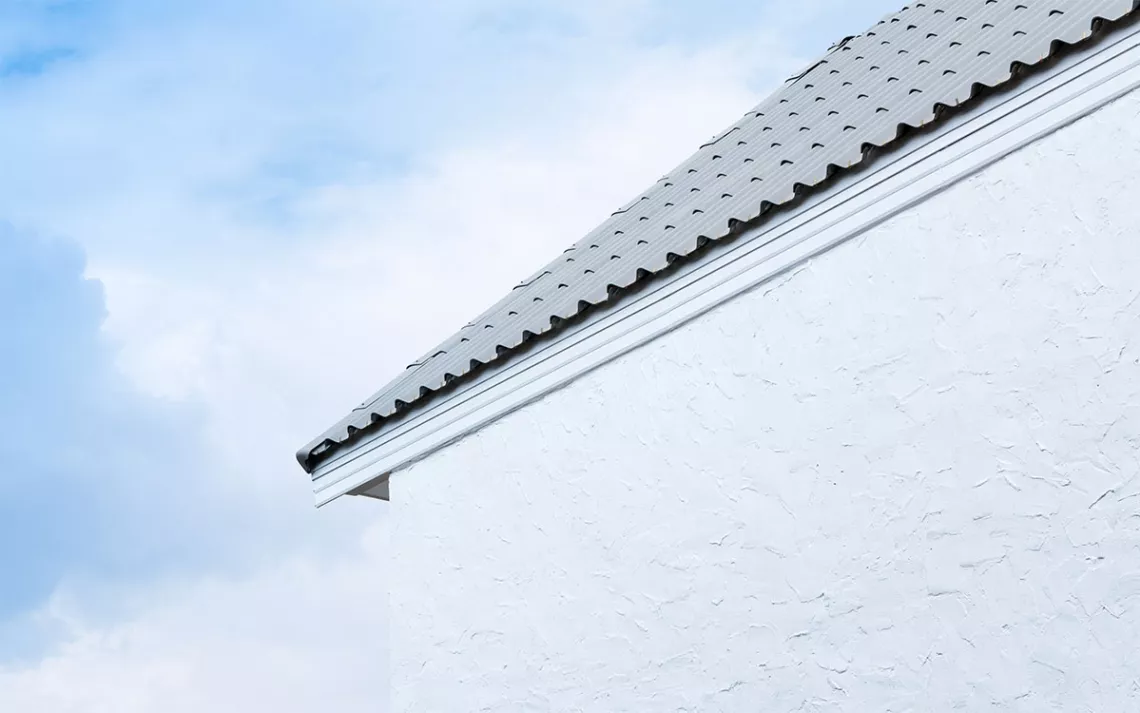Can Reflective Roofing Save Energy and Help the Environment?
The cooling effects of a white roof are debatable, says Mr. Green

Photo by rawintanpin/iStock
Hey Mr. Green,
I liked your article about the amount of space needed to provide solar power in the United States. I have wondered how many roofs would have to be painted white to replace the albedo of the melting ice caps. We live in Houston, Texas, and I’ve often thought of painting ours white to reduce our AC bill.
—Dianne in Houston
Painting rooftops white may have some promise, although there remains considerable debate about its benefits, especially given that the soot in our air has the potential to trap their reflected heat.
There are several other factors to consider. The cooling effects of the white roof could, for example, force folks to turn the furnace up in winter, thereby offsetting at least some of its benefit. As the EPA politely and rather cautiously reminds us: “Please remember the energy savings that can be achieved with reflective roofing is highly dependent on facility design, insulation used, climatic conditions, building location, and building envelope efficiency.”
If you’d like to dig deeper into the issue and come up with a specific calculation for your location and type of dwelling, the Oak Ridge National Laboratory offers a Cool Roof Calculator. Based on evidence I’ve seen, the benefits of the white roof would probably be greater in your area than in cities farther north. Good luck with your research!
 The Magazine of The Sierra Club
The Magazine of The Sierra Club



